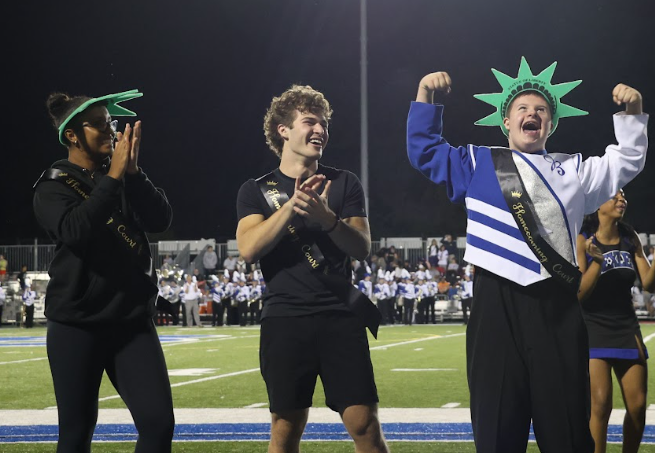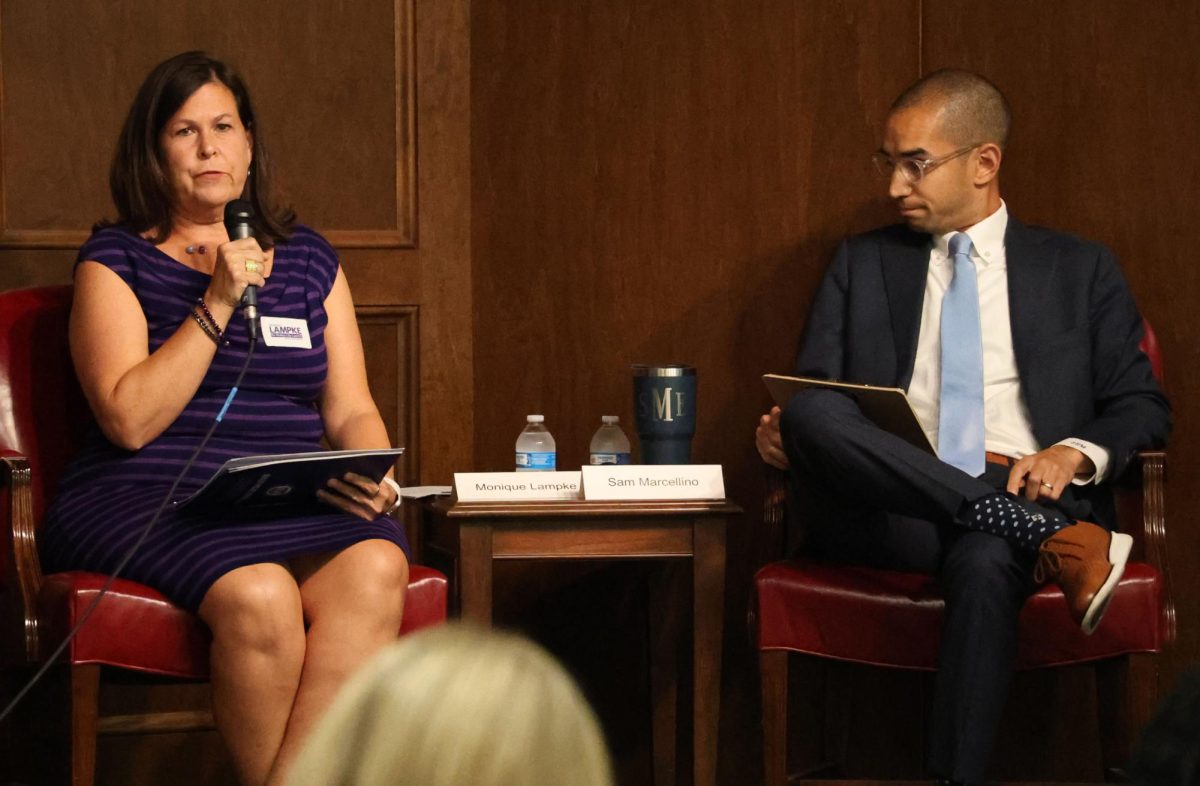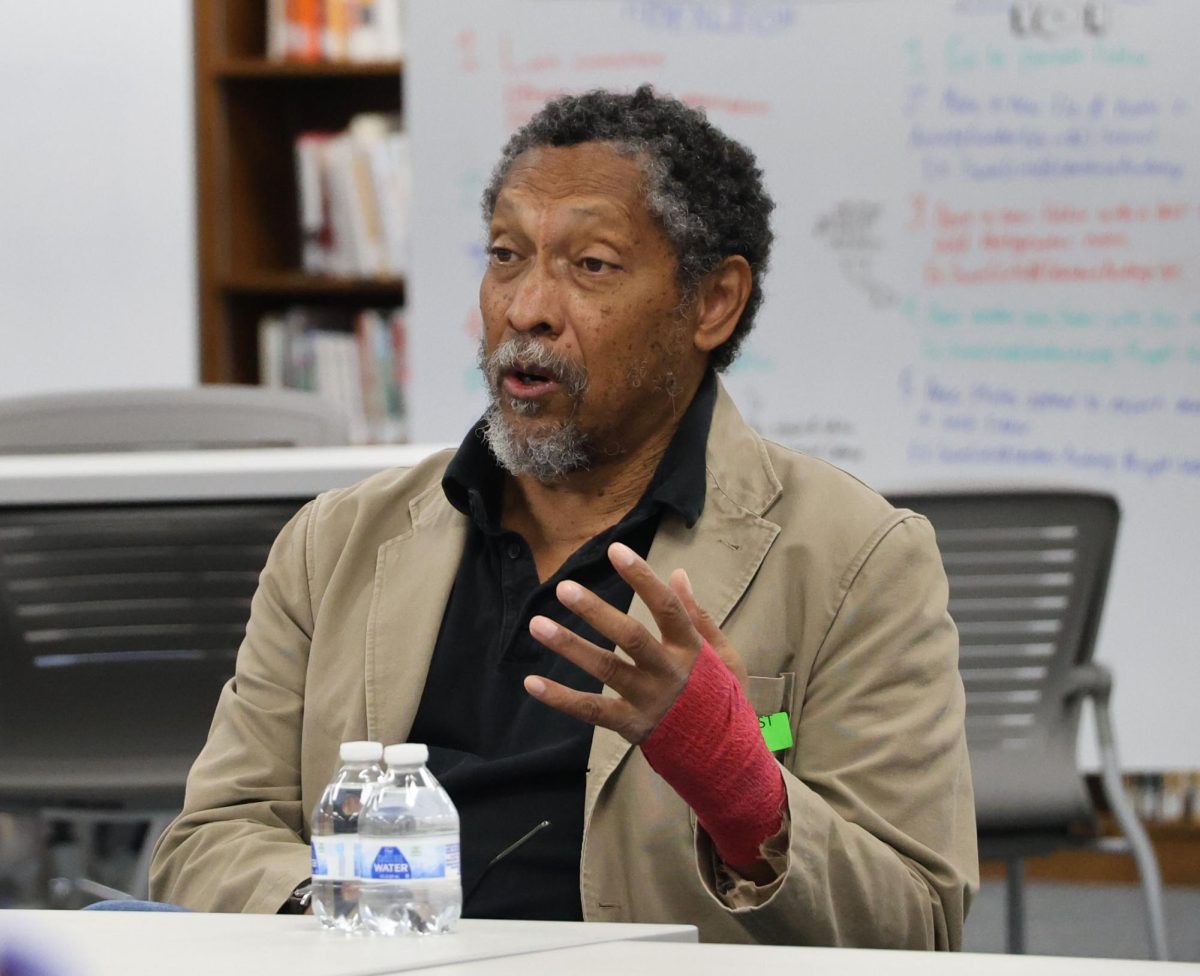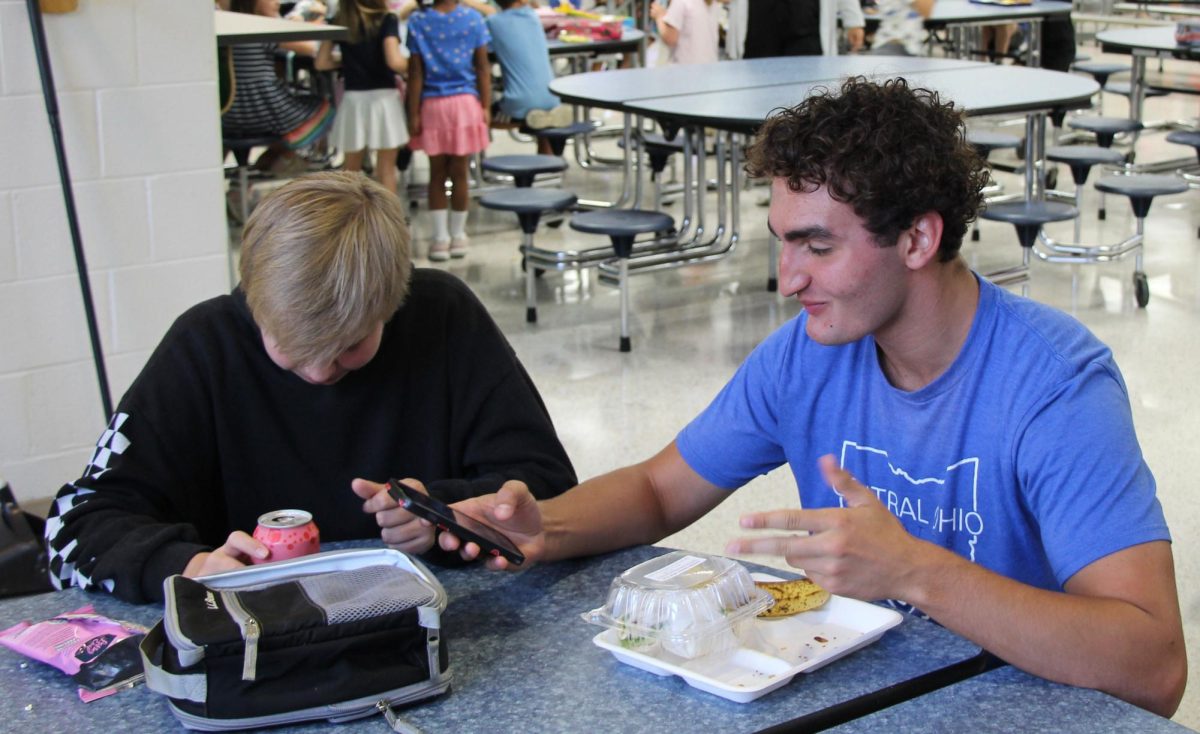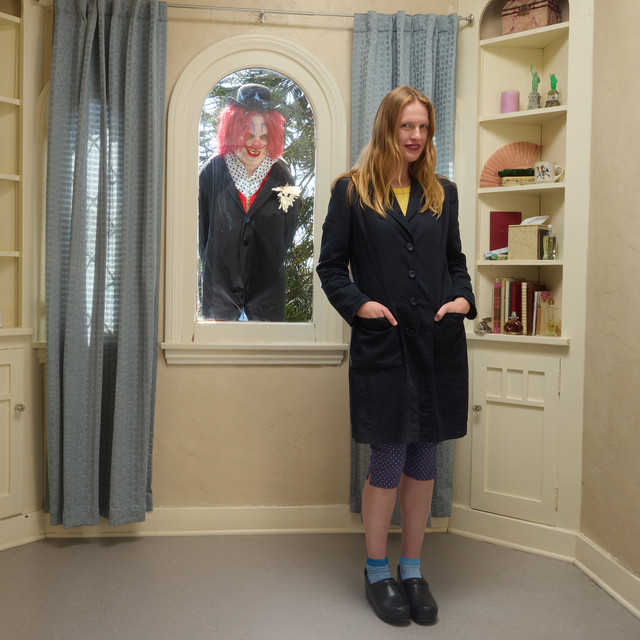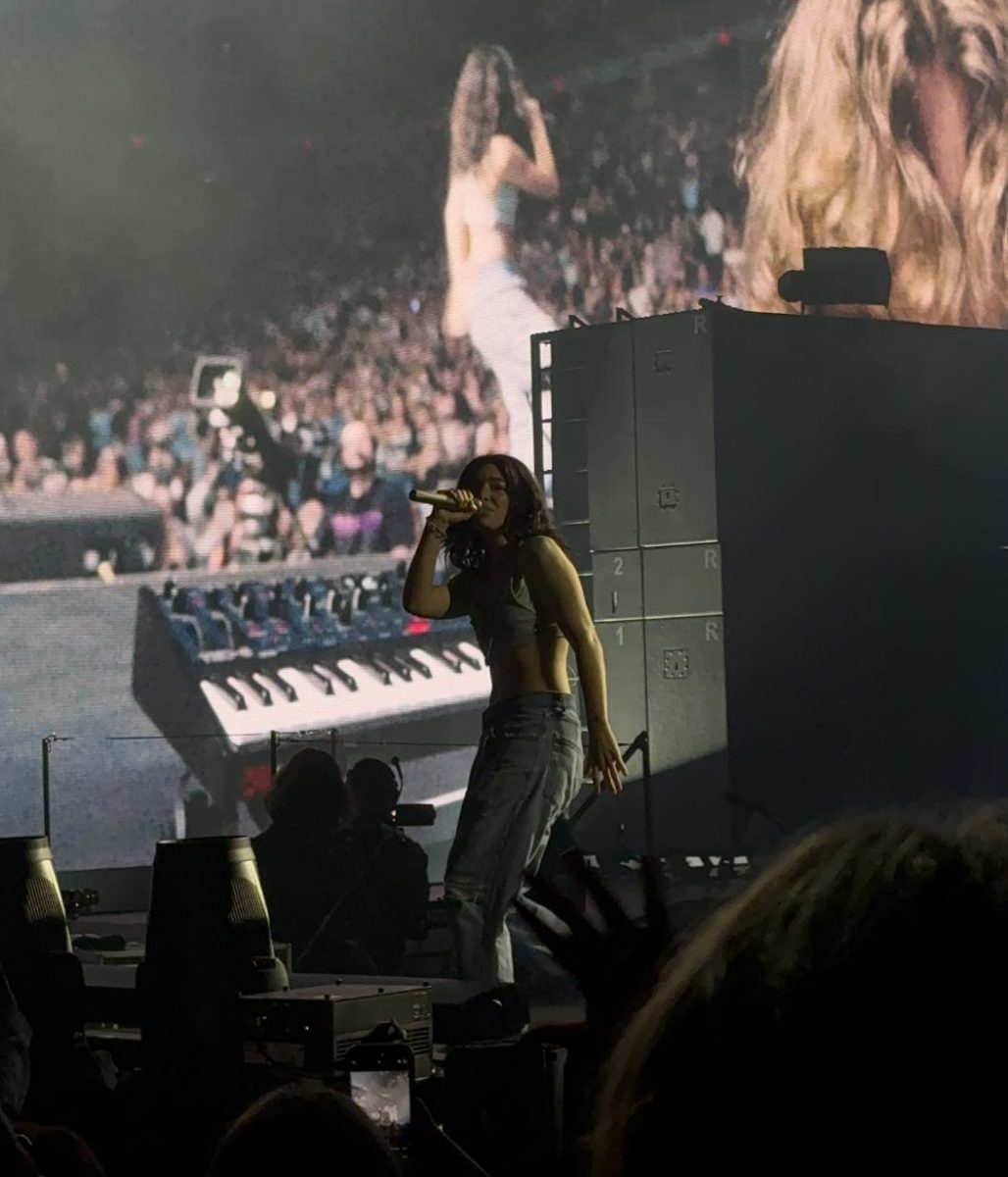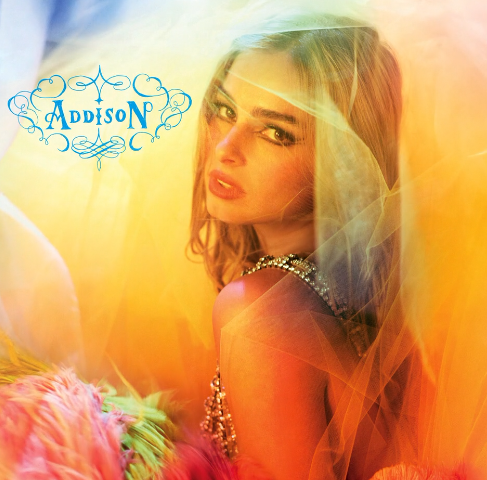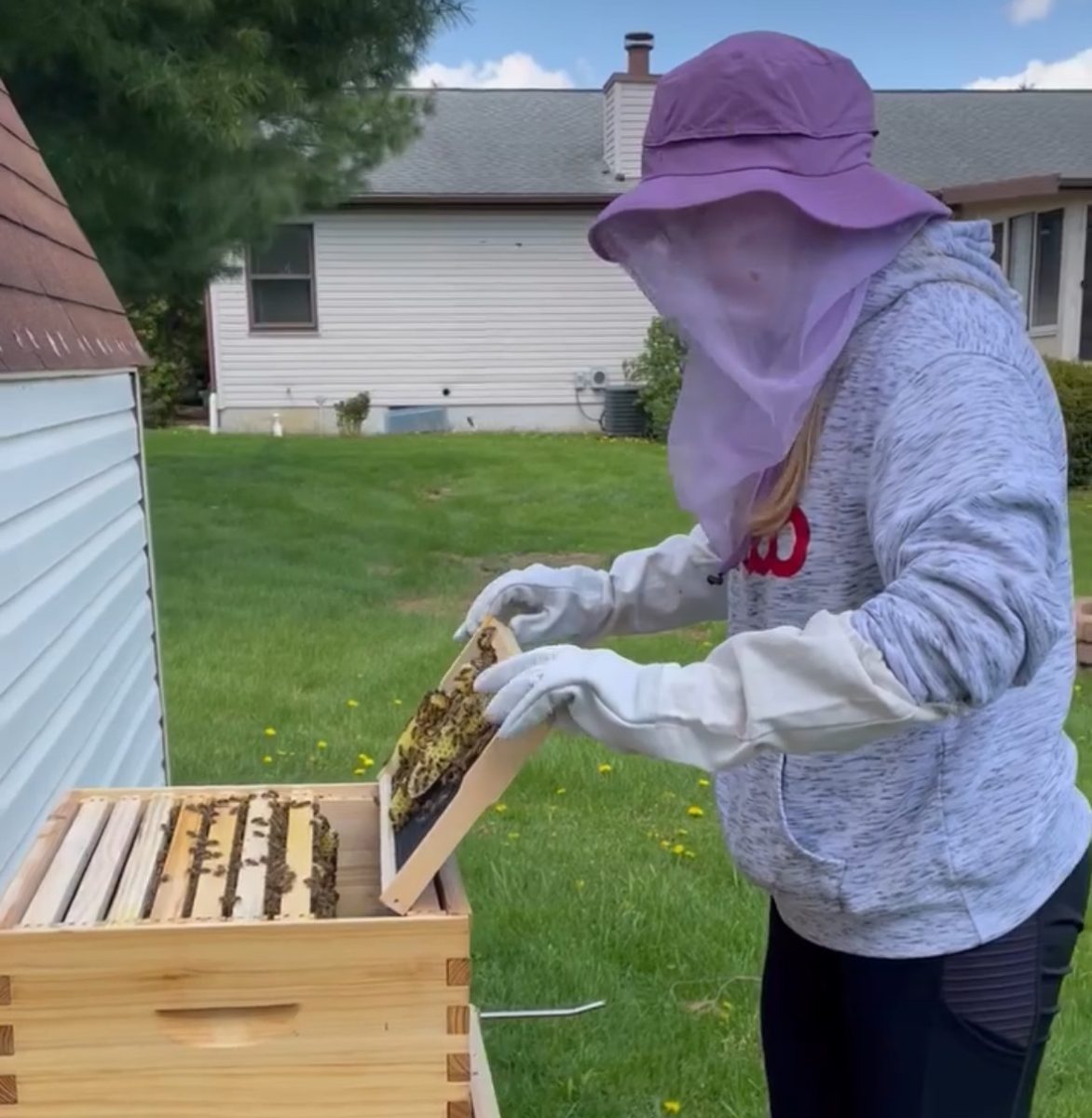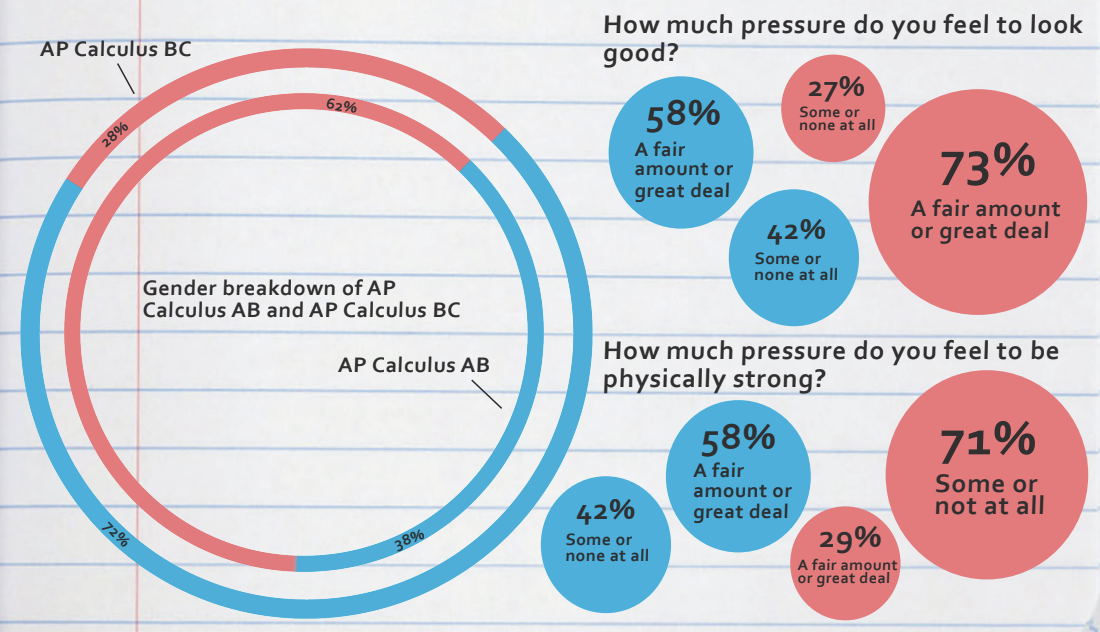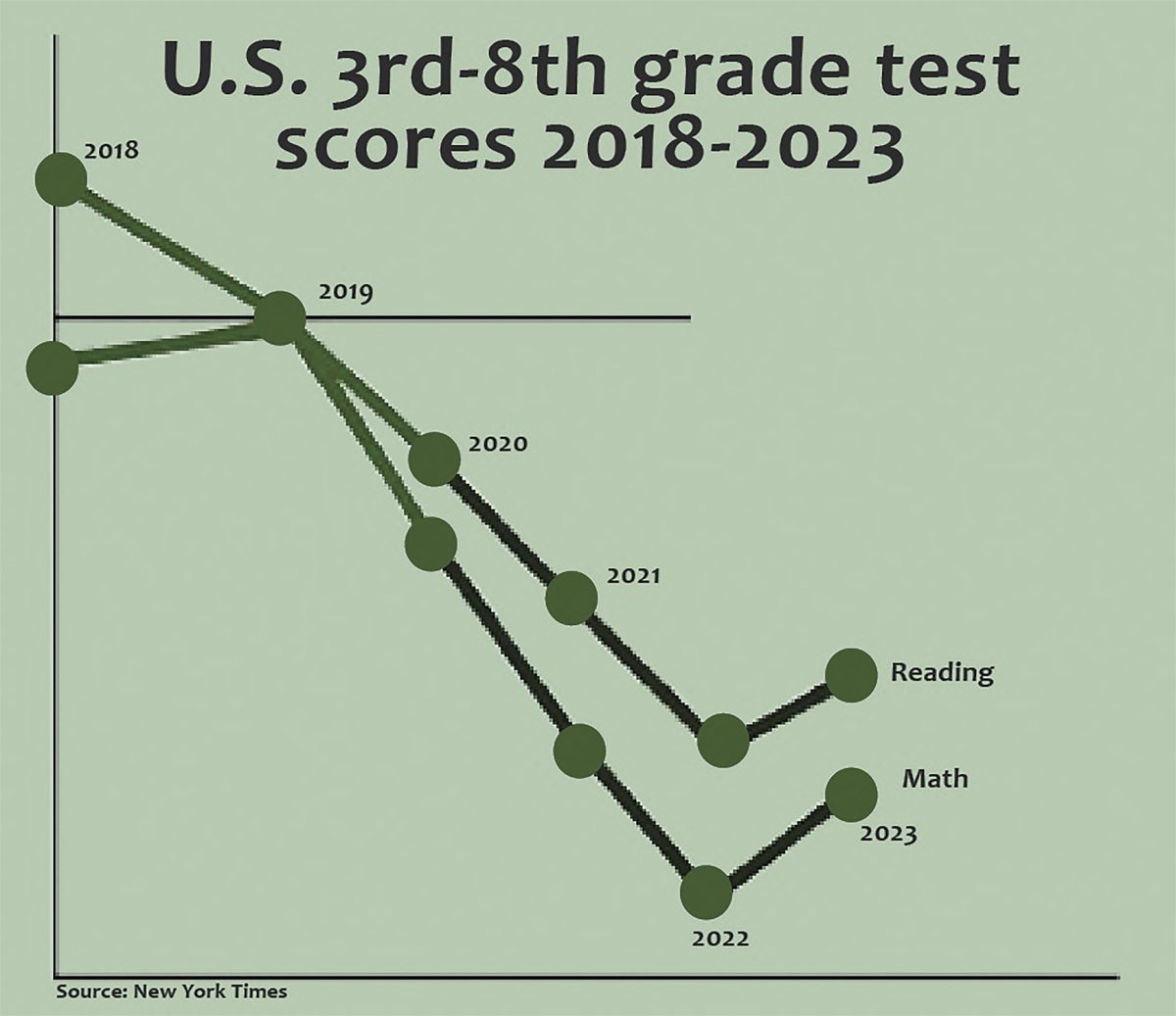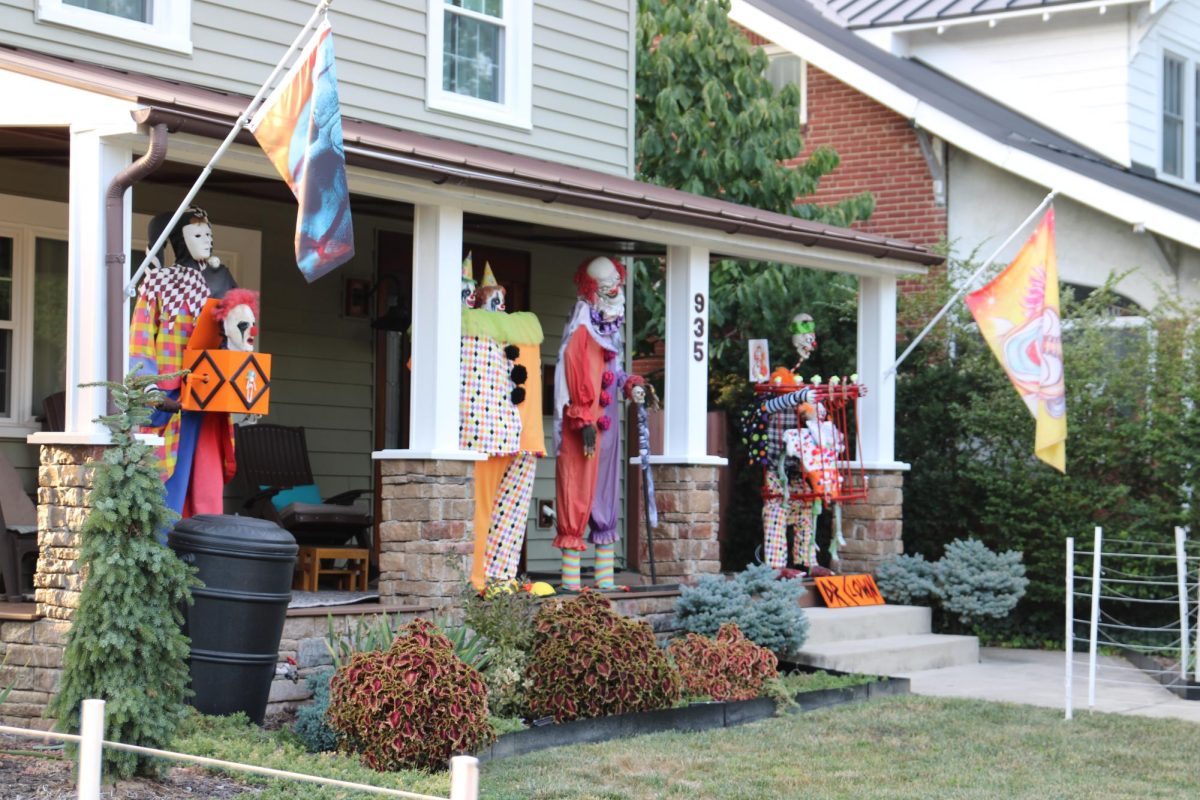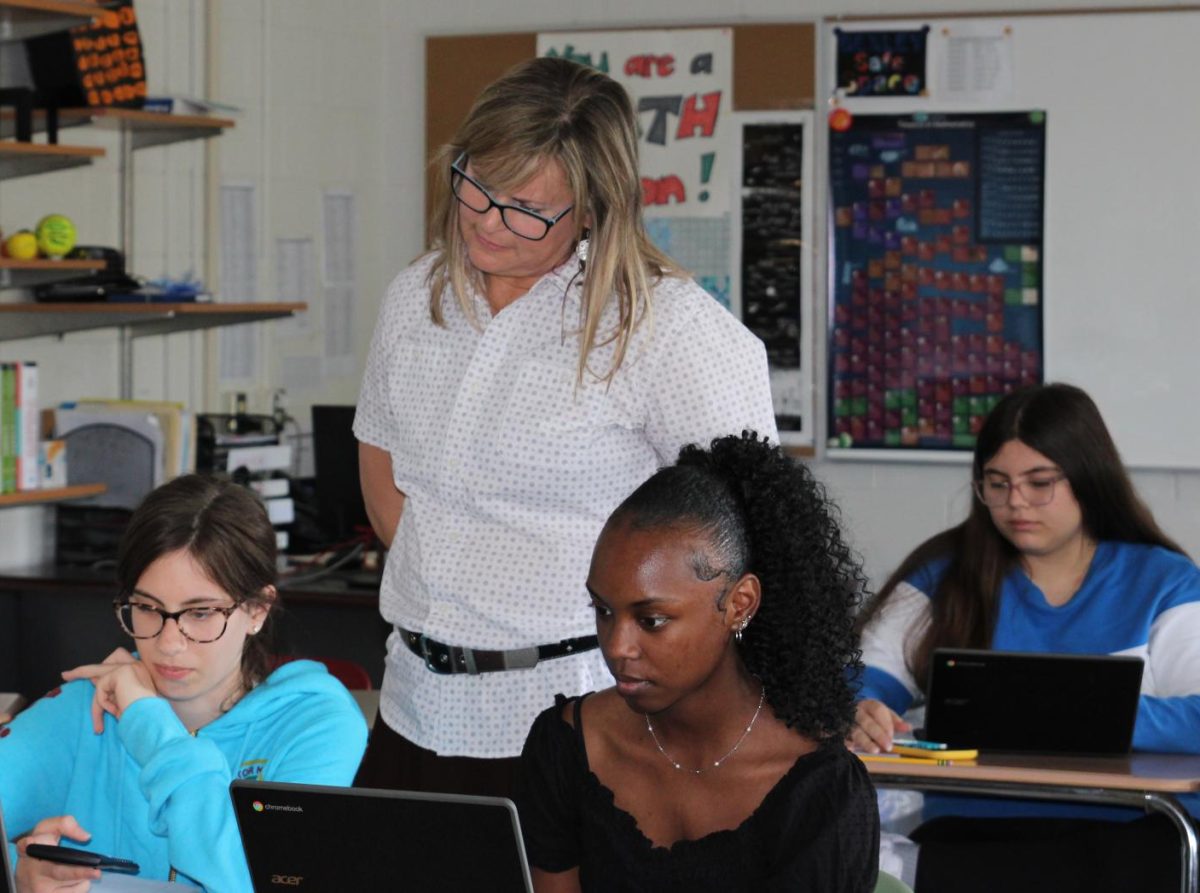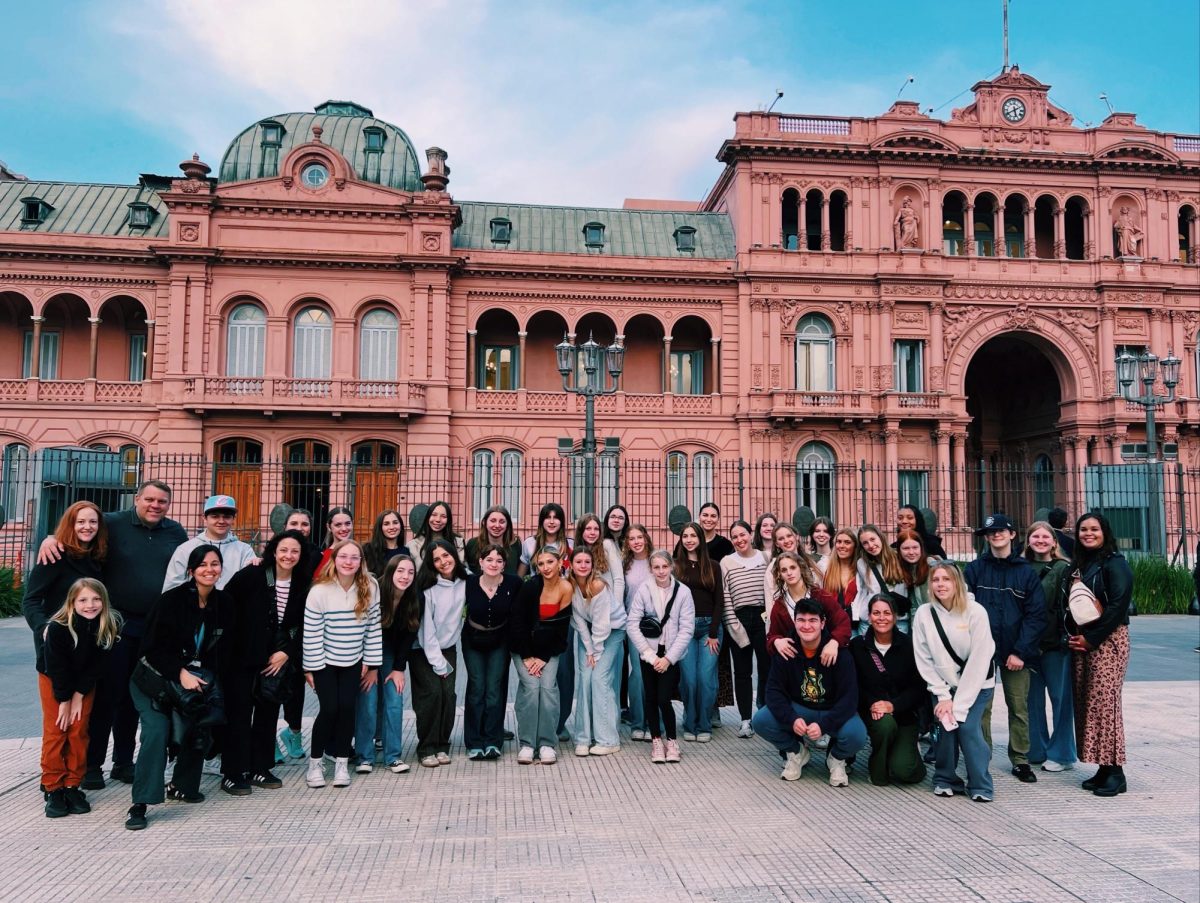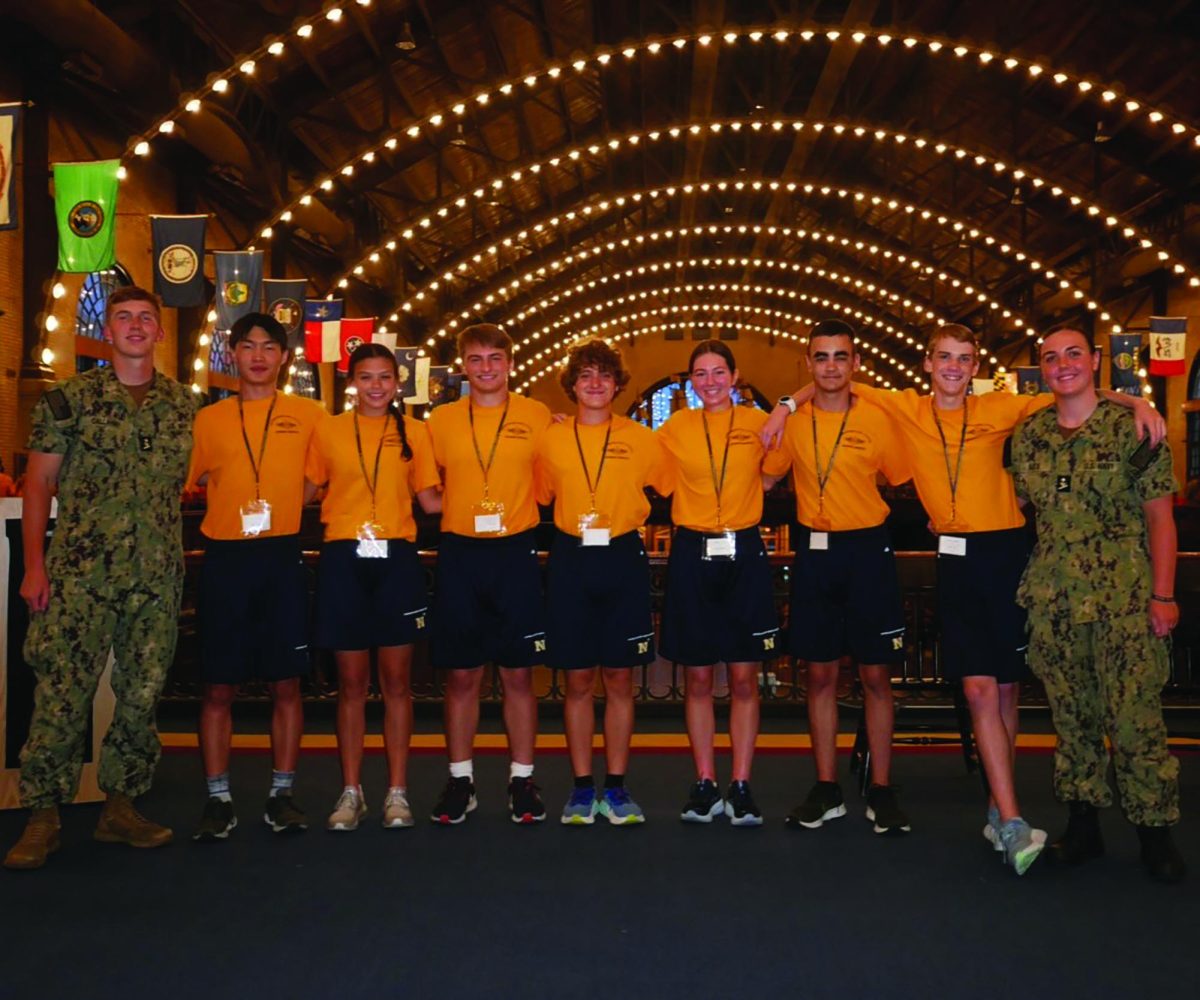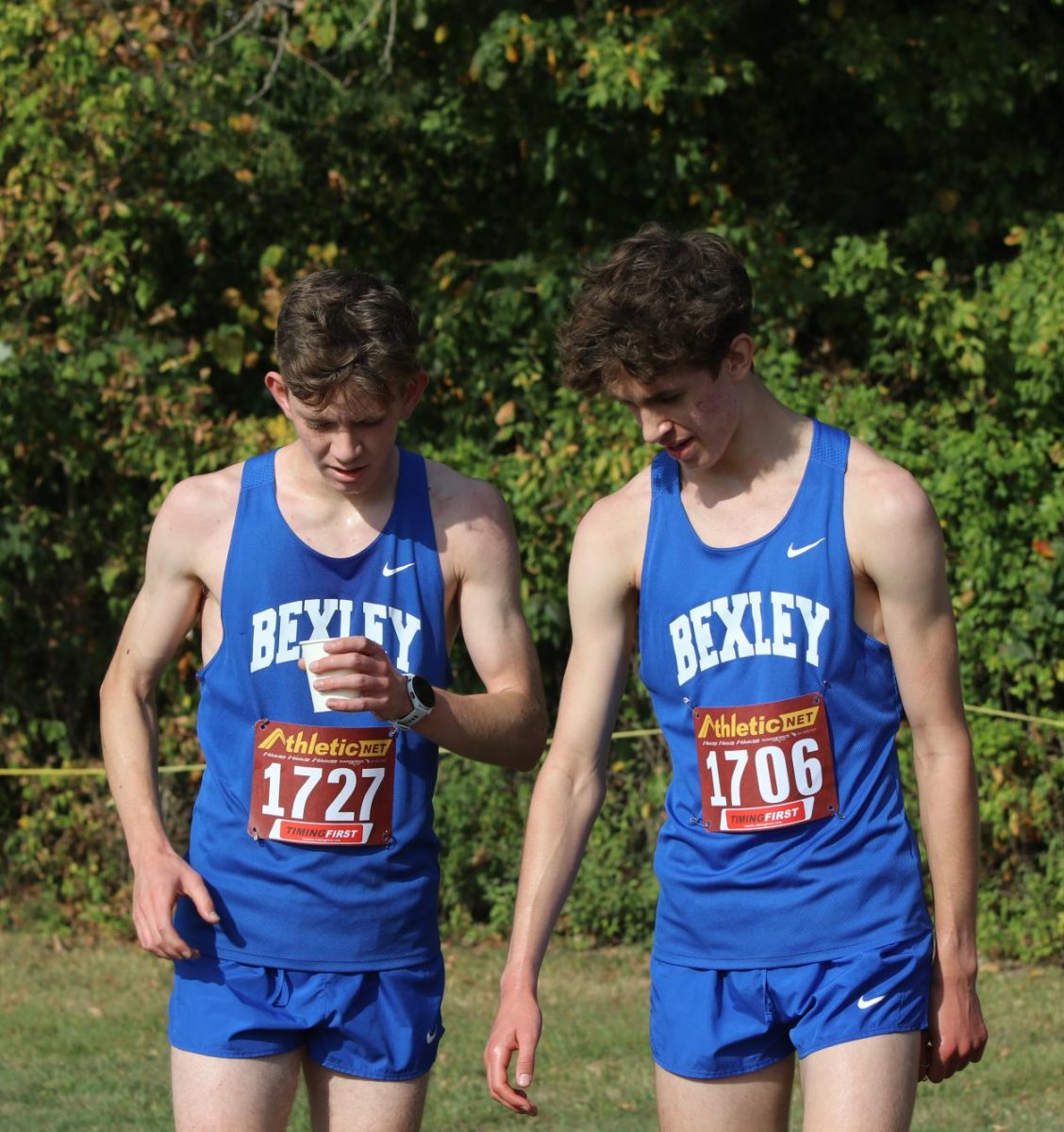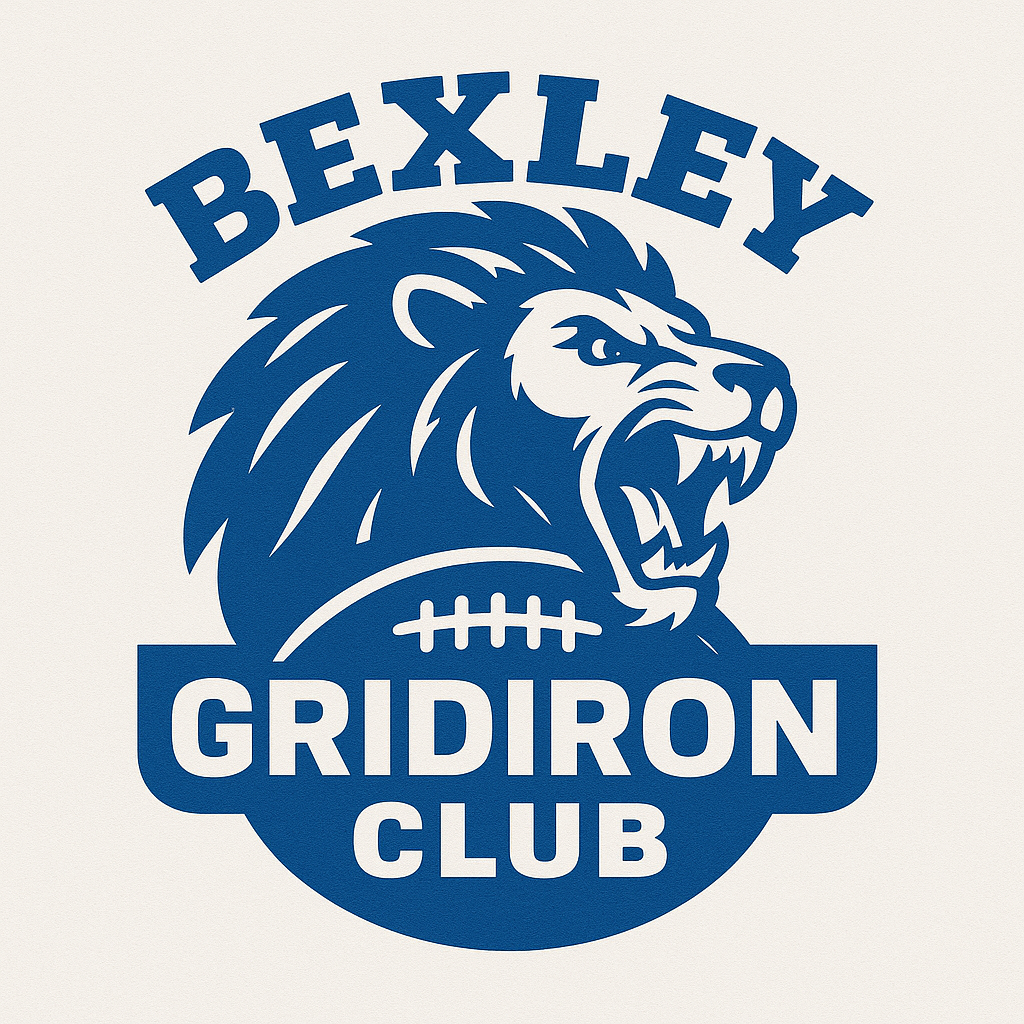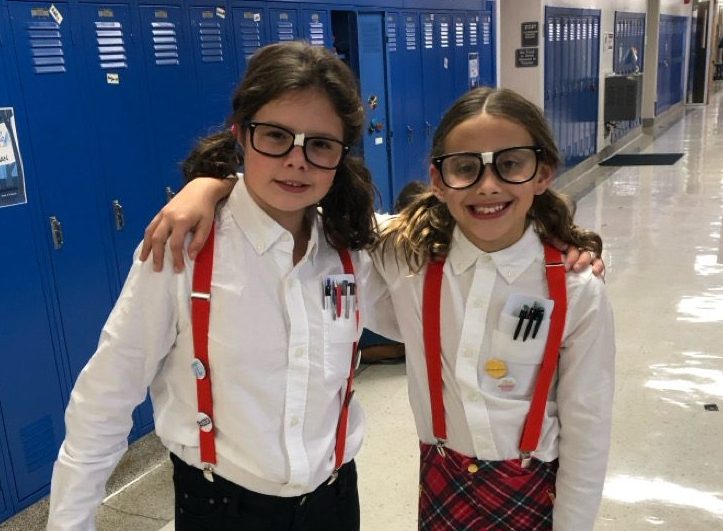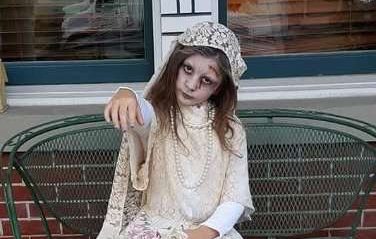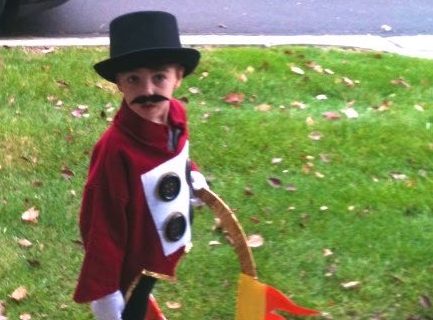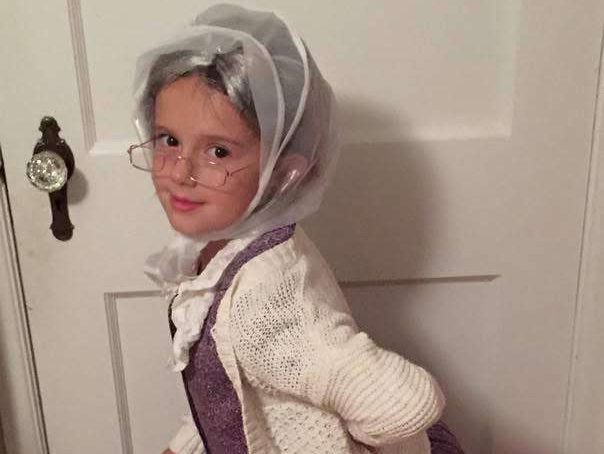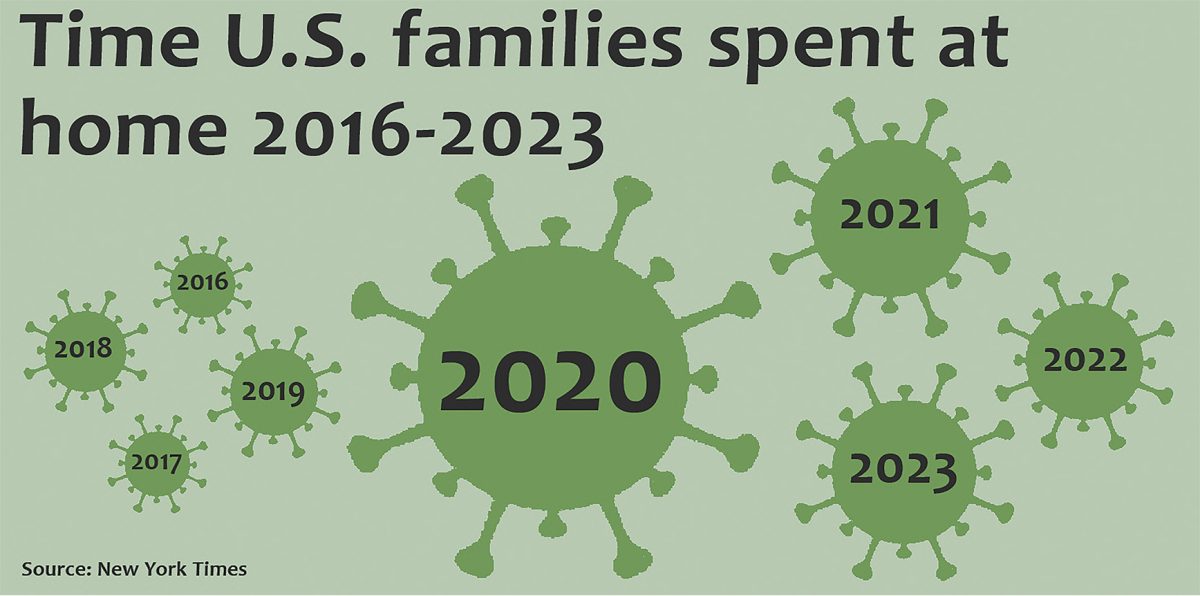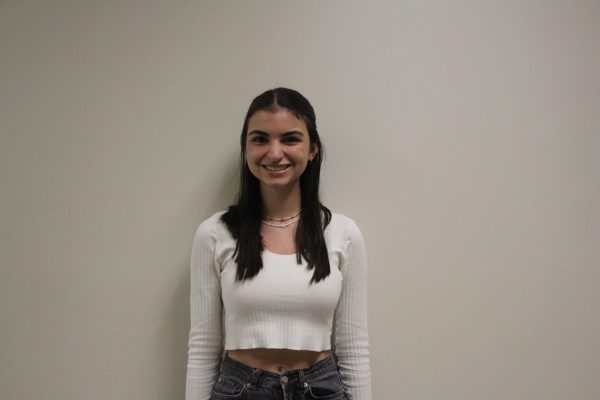Read more about Bexley’s art scene here and here.
Every pencil mark, every paint brush stroke, every piece of clay thrown at a pottery wheel, all aim to reach one goal: to create a piece of art.
As the school year goes on, students who are part of the AP Art and Design (APAD) course create various pieces that follow a unique theme or inquiry, revealing their creativity and passion for art.
Art teacher Mabi Ponce de León first taught APAD in 1995, and she’s seen many changes in the course as well as in her students’ inquiries, she said.
She explained APAD, previously known as AP Studio Art, is divided into three categories: AP 2D Art and Design, AP 3D Art and Design and AP Drawing.
APAD scorers evaluate portfolios based on elements relevant to each class: colors and texture for AP 2D Art, volume and shapes for AP 3D Art and mark-making for AP Drawing, according to the College Board.
Throughout the year, students focus on collecting materials and experiences for their artwork, helping them grow as artists, Ponce de León said.
She explained students choose a sustained investigation or inquiry to research and submit 15 digital images of their work to the College Board as their exam. Apart from that, students send other pieces of work that don’t necessarily relate to their inquiry to better display their skillset as well as sketches of their work, Ponce de León explained.
She added that taking APAD is good for other careers as the class teaches selecting and thinking and the habit of producing.
“That allows more freedom, and it also allows a student to show experiments that may not all have come to full completion,” Ponce de León explained.
Junior Owynn LaFollette is building an AP 3D portfolio with a focus on the idea of companionship through mythology.
When selecting her courses last year, she began to think of possible topics for her portfolio, but she said her initial idea changed as time went on. She explained she originally wanted to show Greek and Roman mythology through ceramics, but the idea eventually expanded and developed.
“I made a piece of the pharaoh and his wife using a blue and white tea cup,” LaFollette explained. “I wanted to stick to simple colors, one per piece, while focusing on the story and silhouettes. I saw that I was using a companionship idea and wanted to use this idea in my other pieces.”
She explained she’s incorporating more cultures for her art pieces, and they all show a companionship and the connection of the relationship.
She is also making a water pitcher with twins Artemis and Apollo to show their closeness, she said.
“As they have grown from the womb to later in life, they are always connected,” she said. “Artemis is usually seen as blue and Apollo as yellow, and the middle of those two in the color wheel is green, so to represent both I used the color in between.”
Senior AnnaSofia Severson is currently building her AP 3D portfolio, showing the realistic depiction of time through man-made buildings.
Using cardboard, Severson shows how abandoned buildings are taken back by nature.
“Most AP art teachers say to not do something really simple like nature or time, but then I took it as a challenge,” she said. “So, I’m doing nature and time.”
The research for her inquiry is minimal, she added, as she looks up what man-made structures look like to make them more realistic. While watching the TV show “The Last Of Us,” she said she felt inspired by the visuals, making her want to create something with a similar vibe.
So far, she’s completed a bay window, a door, a port, a school bus, a gas station and shipping containers, and she is currently working on a library. Her pieces include faded colors to show time passing and vines growing over the structures to show nature taking them back.
“Sometimes it can be beautiful when something man-made is taken back by nature,” she said. “I decided I could imitate that and imitate life with cardboard.”
Severson said she took AP Drawing her sophomore year, focusing on potential apocalyptic futures, and she took AP 2D Art her junior year, focusing on different individuals and their many details.
During her sophomore year, she said she struggled coming up with an inquiry, yet many of her works shared the idea of an apocalyptic future.
After finding what her topic would be, she placed all of her focus on the idea of a technology-fueled, apocalyptic future, she explained.
She focused on different everyday people throughout her junior year, and her paintings showed the many intricate details of people’s lives, she added.
Junior Leah Rogers said she is building her AP 2D portfolio with paintings that portray the ups and downs of being a teenage girl. She added she uses different strategies to showcase the experiences she and other girls go through.
Rogers said she doesn’t split one piece into two, but instead creates many separate pieces that show the two sides of her inquiry.
One of her pieces that represents the upsides of being a teen girl shows a group of girls getting ready in front of a mirror, simply talking and having fun, she explained, and the pieces that show the downsides are darker, both in color and concept.
“It’s this girl, and she’s in agony or frustrated,” Rogers explained. “Her hands are in her hair and she’s screaming, and around her there’s all these eyes and they’re staring directly at her.”
Rogers added that, like Severson, her research has been minimal as her inquiry is more personal than others.
“I used inspirations from other artists, but a lot of it was based on my personal experiences and things I’ve had other people tell me about,” she explained.
To create her work, LaFollette said she usually starts her process by brainstorming a storyline and the type of companionship she wants to portray, and then she sketches out different design ideas and color schemes she could use. Often, she uses color to further the emotions of her pieces, she added.
“The [piece] that I’m doing for my Chinese myth about two forbidden lovers, I’m working with the color red because I know that’s a symbol of love and passion in Chinese mythology,” she explained.
Severson said she separates her artwork into two parts to show the past and future of a man-made structure.
“I make the model, and then I take the model and [figuratively] cut it in half,” she explained. “One side mirrors what it looked like when it was brand new, and the other side of it looks old, disheveled and taken back by nature.”
Ponce de León said she’s glad everyone is thinking and working hard with their portfolios.
“It just makes me happy when people find their place to be, when they find their niche,” she added.

